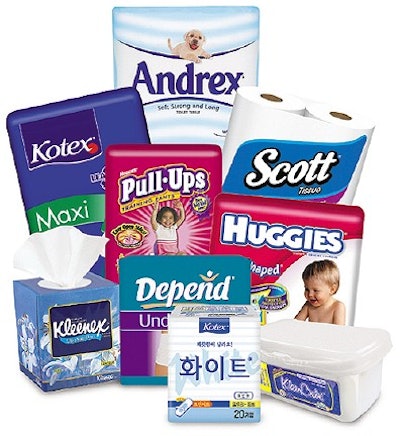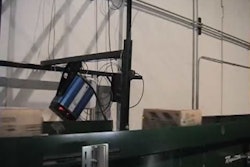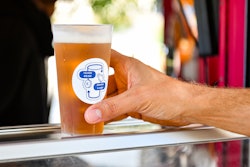
Wal-Mart and the Department of Defense have made inventory management and product traceability hot topics these days. Since deciding to automate these tasks with radio-frequency identification (RFID), they have demanded that their suppliers adopt the technology and use RFID tags to trace all deliveries. When organizations with their clout issue such mandates, even the biggest companies take note—and respond.
Dallas-based Kimberly-Clark Corp., for example, is integrating RFID technology into the enterprise resource planning (ERP) system that tracks deliveries of its Kleenex tissues, Huggies diapers, and other consumer products. Like many other suppliers of goods and services, it took a hard look at the way it was tracking its products and deliveries before the installation, because determining the appropriate use of RFID is not always straightforward.
Not only will the technology perform poorly or simply not work in certain applications, but many companies have already made huge investments in two-dimensional (2-D) bar code technology and are reluctant to spend the money to replace it.
The current surge in interest in RFID is due largely to recent technological breakthroughs that have altered its economics and capability. Manufacturers have found a way to make propagative coupling, a technique used in radar, economical enough for use in RFID. Using 915-MHz ultrahigh-frequency (UHF) radio waves, this technique allows scanners to read from tags that are as far as 15 feet away. This distance makes it much easier to read several tags at once, which streamlines the process enormously.
Because of the new economics and the mandate from Wal-Mart Stores Inc., Bentonville, AR, RFID makes sense for Kimberly-Clark, and management there has invested heavily in it. Earlier this summer, the company installed the first standard interfaces between Auto-ID Infrastructure (AII) from software giant SAP AG, of Walldorf, Germany, and the OAT Foundation Suite, RFID software from OATSystems Inc., of Waltham, Mass. Information flows between the RFID tags and the mySAP ERP system through the AII software, which SAP designed to plug into its ERP package.
K-C best RFID practices
To reap the greatest return on its investment, Kimberly-Clark began the project by standardizing on the best practices for building and commissioning pallets to increase efficiency. Its systems engineers then worked with OAT to install RFID and deploy electronic product codes (EPCs) in a way that would supply useful information, automate edge processes, and provide the flexibility necessary for adapting to changes in the future. The AII software issues the EPCs by stock-keeping unit and customer order, creates unique serial numbers for each pallet, puts the EPC data into the appropriate business context, and automates business transactions within the ERP system based on movements of the RFID tagged cases and pallets.
So while Kimberly-Clark fulfills an order from Wal-Mart for diapers, for example, an RFID scanner reads the codes in the tags on each case of diapers and sends them to the computer system as workers stack the cases on pallets containing the rest of the retailer’s order. The software verifies that the cases going on the pallet are indeed part of the order and uses the codes to create a kind of digital picture of the object to keep track of contents of the pallet.
Rather than simply knowing that Wal-Mart received ten cases of Huggies, both Kimberly-Clark and Wal-Mart know which pallet contains a particular case of the product. This knowledge has huge ramifications. Whenever a case of product moves, each company not only knows where, but also can automate many of the associated business tasks, such as comparing deliveries to orders, issuing bills of lading, and conducting the appropriate credit checks. Traceability could cut the number of charge backs (corrections to bills) by as much as half, notes Eric Domski, SAP’s RFID solution director, based on his experience with other companies dealing with Wal-Mart.
Editor’s note: Wal-Mart’s RFID mandate is required only for the company’s distribution centers in the Dallas area, though expansion continues.
This information was extracted from the article The Traceability Wars, which compares RFID and bar codes. The article can be read in its entirety in the August issue of Automation World.


























